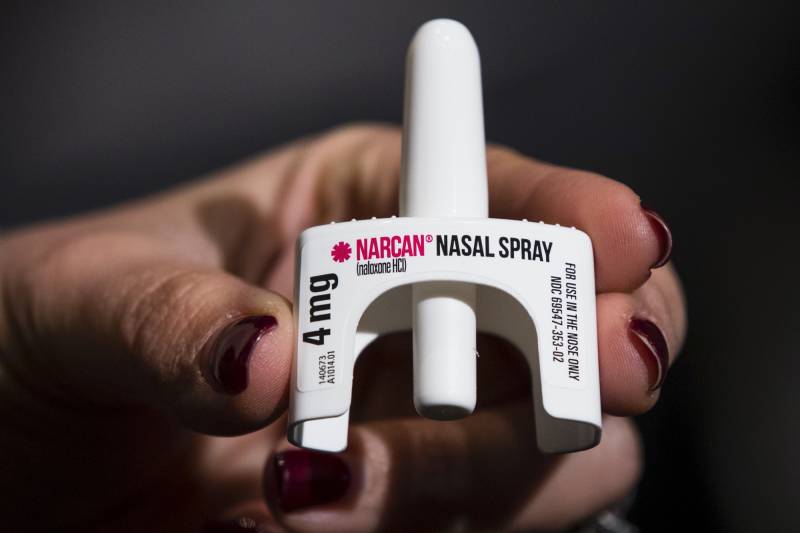Lawmakers from across the state who had come to hear their testimonies echoed the tribal leaders’ concerns and shared many of their frustrations with the status quo.
“We are learning the depth and the scope of this tragedy and it is hitting so many of us and those we care about,” said Assemblymember Jim Patterson (R-Fresno). “This is an area that is dear to me because Fresno, California, by its centralized location and being triangulated by the most traveled interstate freeways in California, is a place for fentanyl distribution.”
San Diego County Sheriff Kelly Martinez spoke about efforts by law enforcement to respond to overdose deaths in the same way that they would approach homicides. For example, she said, by seizing the cell phone of someone who died and looking for who their dealer was.
Many speakers underscored that getting buy-in and cooperation from law enforcement around effective solutions would be critical to making progress on slowing overdose deaths and drug dealing.
Christman, however, said that’s been a challenge for his community working with law enforcement agencies in the past.
“We have been in discussions at length since I got back into office in 2019 with the sheriff’s department. That open dialogue didn’t exist in the beginning of my council tenure. And it has not [borne] any fruit yet, I have to be honest about that,” the chairman said. “But I’m hoping we can have this dialogue. I don’t know that we can eradicate this, but we need some sort of solution to make these numbers go down.”
Chair of the committee Assemblymember Matt Haney (D-San Francisco) brought up expanding access to medication-assisted treatment, and other health or housing services to help stabilize individuals struggling with addiction.
“We are forging a path together towards healing and recovery,” said Haney. “This is affecting every corner of our state.”
Some speakers at the hearing questioned the effectiveness of supply-side interventions and asked tribal council leaders for ways that communities could reduce demand.
Christman shared that deep-seeded traumas from violence against his community remain and often fuel the disparate impact that Native American communities face when it comes to the current overdose epidemic.
